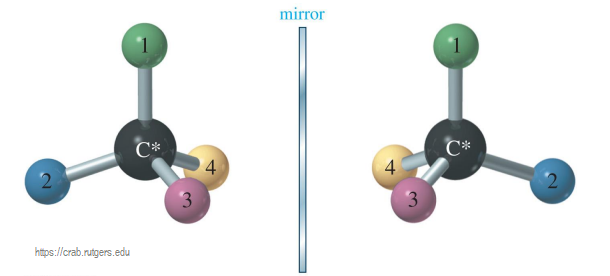Atropisomers: things are tight, single bond won’t rotate
Atropisomers are stereoisomers resulting from hindered rotation about single bonds where the steric strain barrier to rotation is high enough to allow for the separation of the conformers. Note: Butane, for example, has conformations that are atropisomers; however, unlike the biaryls, the barrier to rotation is so small that they are interconverted rapidly at room temperature, and they are, for practical purposes, achiral. As a general rule of thumb, chiral molecules must have at least …
Atropisomers: things are tight, single bond won’t rotate Read More »

